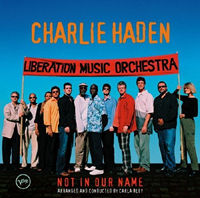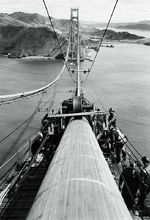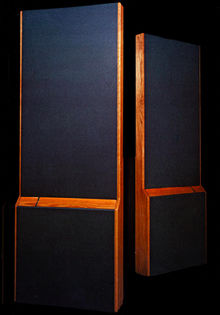Recording of September 2005: Not In Our Name
<B>CHARLIE HADEN LIBERATION MUSIC ORCHESTRA: <I>Not In Our Name</I></B><BR>
Charlie Haden, bass; Carla Bley, piano, arranger, conductor; Seneca Black, Michael Rodriguez, trumpet; Miguel Zenón, alto sax; Chris Cheek, Tony Malaby, tenor sax; Curtis Fowlkes, trombone; Ahnee Sharon Freeman, French horn; Joe Daley, tuba; Steve Cardenas, guitar; Matt Wilson, drums<BR>
Verve B000494902 (CD). 2005. Charlie Haden, Carla Bley, Ruth Cameron, prods.; Gerard de Haro, eng. DDD? TT: 68:55<BR>
Performance <B>****</B><BR>
Sonics <B>****</B>



